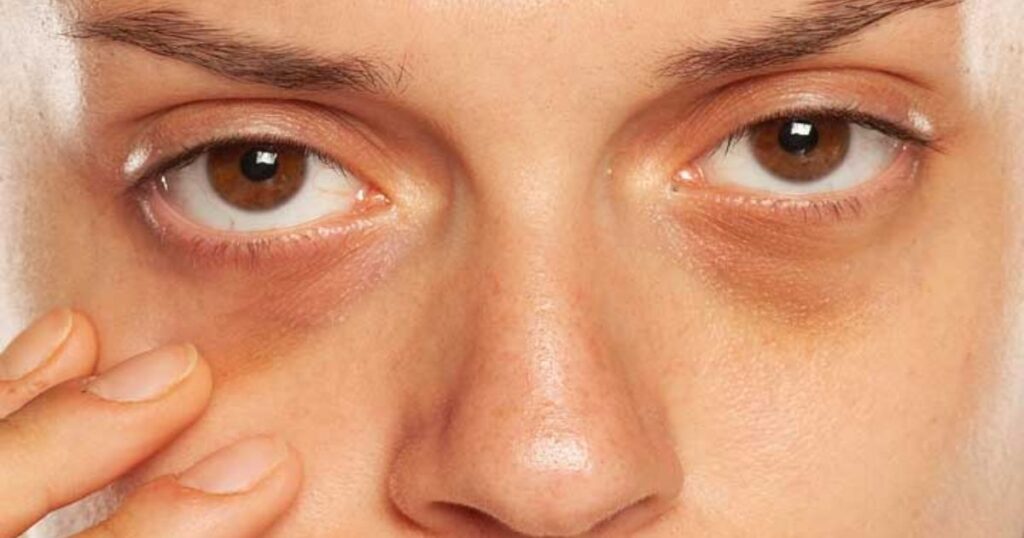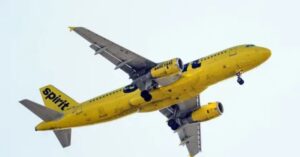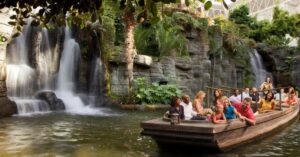Eye bags are a common concern affecting many individuals, causing a tired and aged appearance. Understanding the causes of eye bags and how to address them can significantly improve your facial aesthetics and boost self-confidence. In this comprehensive guide, we explore the reasons behind eye bags, potential treatments, and preventive measures.
Eye bags refer to the mild swelling or puffiness under the eyes. They are often accompanied by dark circles, making the eyes look tired and aged. The skin around the eyes is delicate and thin, which makes it more prone to showing signs of aging and fatigue.
As we age, the tissues around our eyes, including some of the muscles supporting the eyelids, weaken. Normal fat that helps support the eyes can then move into the lower eyelids, causing the lids to appear puffy. Additionally, the space below the eyes can accumulate fluid, leading to further swelling.
Common Causes of Eye Bags

Genetics play a significant role in the development of eye bags. If your parents or close relatives have eye bags, you are more likely to develop them as well. Genetic predisposition can influence skin elasticity and the propensity for fluid retention.
Inadequate sleep is one of the most common causes of eye bags. Poor sleep can lead to fluid retention and increased blood flow in the vessels under the eyes, resulting in puffiness and dark circles.
High salt intake can cause the body to retain water, leading to swollen areas, including under the eyes. Alcohol consumption can also lead to dehydration, prompting the body to retain water in certain areas, contributing to puffiness.
Allergic reactions can cause inflammation and swelling around the eyes. Conditions such as hay fever can lead to fluid buildup and the dilation of blood vessels, exacerbating the appearance of eye bags.
Certain medical conditions, such as thyroid problems or kidney disease, can lead to fluid retention and swelling under the eyes. Chronic sinusitis is another condition that can contribute to the development of eye bags.
Read More Blog: Panadería Rosetta – CDMX
Effective Treatments for Eye Bags

Ensuring you get enough sleep is crucial for reducing eye bags. Aim for 7-9 hours of quality sleep per night. Establish a consistent sleep schedule and create a restful environment to improve sleep quality.
Reducing salt and alcohol intake can help minimize fluid retention. Incorporate a balanced diet rich in fruits, vegetables, lean proteins, and whole grains to promote overall health and skin integrity.
Staying well-hydrated can prevent fluid retention. Aim to drink at least 8 glasses of water a day. Proper hydration helps maintain skin elasticity and reduces puffiness.
Home Remedies
Applying a cold compress to the eyes can reduce swelling by constricting blood vessels. Use a chilled spoon, cucumber slices, or a damp cloth for 10-15 minutes to see a noticeable reduction in puffiness.
Caffeinated tea bags can be effective in reducing eye bags. The caffeine helps constrict blood vessels and reduce swelling. Steep tea bags, chill them in the refrigerator, and place them on your eyes for about 15 minutes.
Sleeping with your head elevated can prevent fluid from accumulating under your eyes. Use an extra pillow or a wedge to keep your head higher than your body.
Medical Treatments
There are numerous over-the-counter and prescription creams available that contain ingredients like retinol, hyaluronic acid, and vitamin C. These creams can help improve skin elasticity, reduce pigmentation, and diminish the appearance of eye bags. Dermal fillers can be used to fill in hollow areas and reduce the appearance of eye bags. Hyaluronic acid fillers are particularly popular for their natural look and minimal downtime.
Laser treatments can help tighten the skin and reduce pigmentation under the eyes. This method stimulates collagen production, leading to smoother, firmer skin. For more severe cases, cosmetic surgery such as blepharoplasty (eyelid surgery) may be recommended. This procedure involves the removal or repositioning of excess fat and skin, resulting in a more youthful appearance.
Preventive Measures
Adopting a consistent skincare routine can help maintain the health and appearance of the skin around your eyes. Use gentle cleansers, moisturizers, and sunscreens specifically formulated for delicate skin. Protecting your skin from UV damage is crucial. Wear sunglasses and apply sunscreen daily to prevent sun damage, which can exacerbate the appearance of eye bags and dark circles.
If allergies are contributing to your eye bags, take steps to manage them effectively. Use antihistamines as prescribed and avoid known allergens to reduce inflammation and swelling around the eyes. Exercise improves circulation and can help reduce fluid retention throughout the body, including under the eyes. Regular physical activity also promotes better sleep, further aiding in the prevention of eye bags.
Read More Blog: Queens Night Market: A Foodie’s Paradise in Queens, New York
Conclusion
Eye bags can be a frustrating and persistent issue, but understanding their causes and implementing effective treatments can significantly reduce their appearance. From lifestyle changes and home remedies to medical treatments, there are numerous options available to address and prevent eye bags. By taking proactive steps, you can achieve a more refreshed and youthful appearance.

BagisPack.com: Your ultimate travel companion. Explore expert travel tips, packing guides, and destination insights. Empowering adventurers with essential advice for seamless journeys around the globe.








